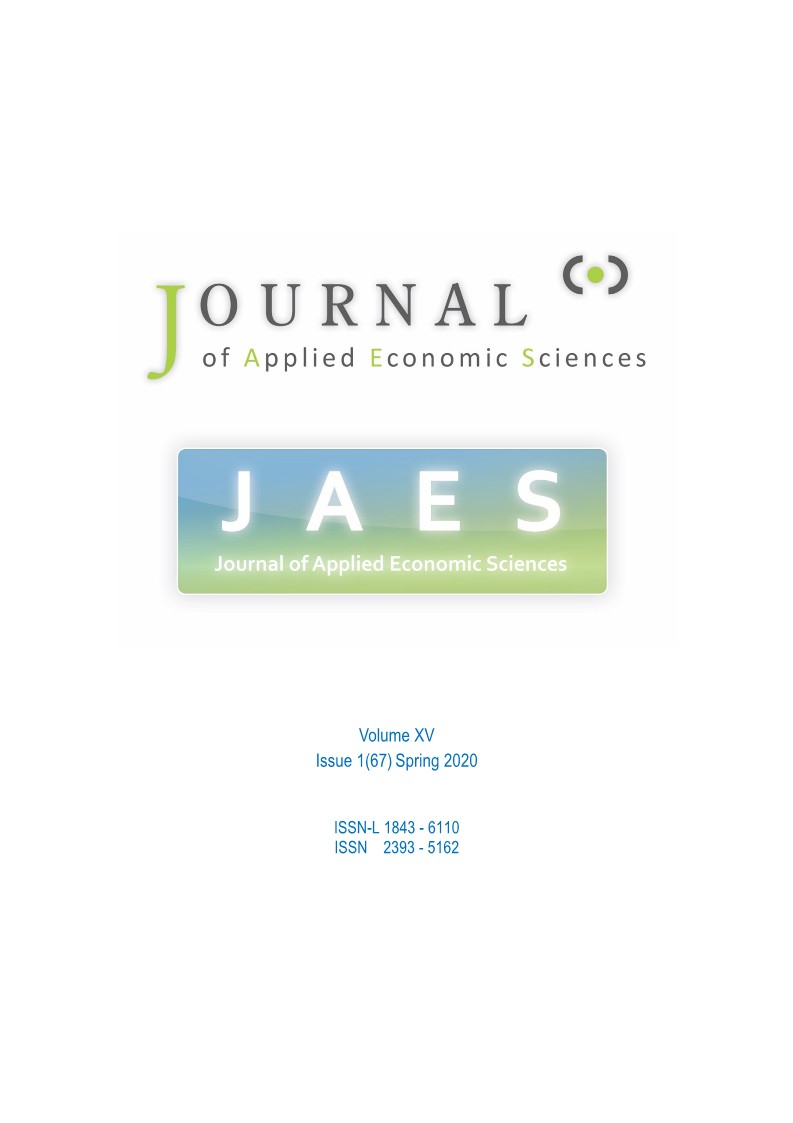Low Sample Size and Regression: A Monte Carlo Approach
Low Sample Size and Regression: A Monte Carlo Approach
Author(s): John Michael Riveros GavilanesSubject(s): Economy, Business Economy / Management, Accounting - Business Administration
Published by: ASERS Publishing
Keywords: small sample size; statistical significance; regression; simulations; bias;
Summary/Abstract: This article performs simulations with different small samples considering the regression techniques of OLS, Jackknife, Bootstrap, Lasso and Robust Regression in order to establish the best approach in terms of lower bias and statistical significance with a pre-specified data generating process (DGP). The methodology consists of a DGP with 5 variables and 1 constant parameter which was regressed among the simulations with a set of random normally distributed variables considering sample sizes of 6, 10, 20 and 500. Using the expected values discriminated by each sample size, the accuracy of the estimators was calculated in terms of the relative bias for each technique. The results indicate that Jackknife approach is more suitable for lower sample sizes while the Bootstrap approach reported to be sensitive for the lower sample sizes indicating that it might not be suitable for establishing statistically significant relationships in the regressions. The Monte Carlo simulations also reflected that when a significant relationship is found in small samples, this relationship will also tend to remain significant when the sample size is increased.
Journal: Journal of Applied Economic Sciences (JAES)
- Issue Year: XV/2020
- Issue No: 67
- Page Range: 22-44
- Page Count: 23
- Language: English

